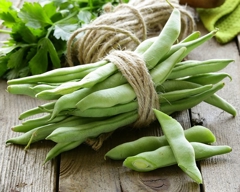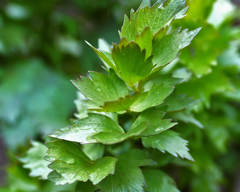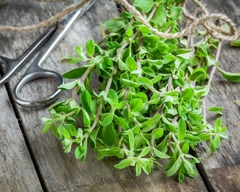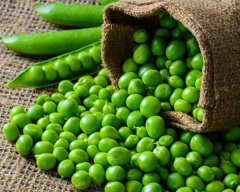Yates Account
Join now
Create a Yates account today!
Sign up to join the Yates Garden Club for monthly e-mails packed with seasonal inspiration, tips for success & exclusive promotions.
Plus if you’re a Garden Club member you can take part in the Yates Growing Community - a blog to share successes, get advice & win prizes in fun challenges along the way!

Forgot password
Enter the email address associated with your account, and we'll email you a new password.

How to grow shallots in a garden
- Choose a sunny or part-shaded spot in your garden, with well-drained soil. Enrich with Yates Thrive Natural Blood & Bone with Seaweed.
- If growing from seed, sow in rows, direct where they are to grow, or in seed trays of Yates Black Magic Seed Raising Mix. Firm down and keep moist. Thin out seedlings to 10cm apart, when large enough to handle. Shallots grown from seed will form a single set in the first season.
- If growing from sets (dried bulbs), plant them direct, 5 - 7 cm deep and water them in well. Shallots grown from sets will form multiple new sets.
- Don't water again until seedlings emerge, then feed seedlings weekly with Yates Thrive Natural Fish Seaweed+ Plant Food Concentrate.
- Sow or plant successive crops every 3 - 4 weeks to extend your harvest window.
- Harvest in midsummer, when the leaves have withered back to the neck of the bulb, and leave shallots lying on the soil for a couple of days to dry out. Be careful not to bruise the bulbs, or they won't store well.
- Store shallots in netting bags or tied into strings in a cool, airy place.

How to grow shallots in a pot
- Choose a pot at least 300 mm wide and deep and position in a sunny or part-shaded spot. Fill with quality potting mix, such as Yates Premium Potting Mix.
- Plant the sets direct 5 – 7 cm deep and spaced at 15 – 25cm.
- Don't water until seedlings emerge, feed weekly with Yates Thrive Natural Fish Seaweed+ Plant Food Concentrate.
- Plant successive crops every 3 - 4 weeks to extend your harvest window.
- Harvest in midsummer, when the leaves have withered back to the neck of the bulb, and leave shallots lying on the soil for a couple of days to dry out. Be careful not to bruise the bulbs, or they won't store well.
- Store shallots in netting bags or tied into strings in a cool, airy place.

Growing tips
- As plants and ‘daughter’ bulbs develop, mound up soil around them to 'blanch' the stems by hiding them from sunlight. This means the bottom 10cm or so of the stem will turn white, so it's soft and succulent.
Comparing whether it’s best to grow shallots from sets (bulbs) or seed is complicated, because seed behaves differently to sets. Seed takes longer to grow, but it’s less prone to bolting than bulbs. Each seed produces one set (bulb), whereas each set you plant yields multiple sets at harvest time.
However, growing shallots from seed still offers very good value against buying bulbs, for patient gardeners. Buying shallot bulbs individually adds up quickly, but the payoff is at the end of the first season. Growing from seed, the payoff comes in the second season; but the yield is potentially a lot bigger than if you started with bulbs. After that, you’ll be able to keep bulbs aside from your harvest to plant out the following year…and keep increasing the size of your crop for many years.




















Share
Share this article on social media